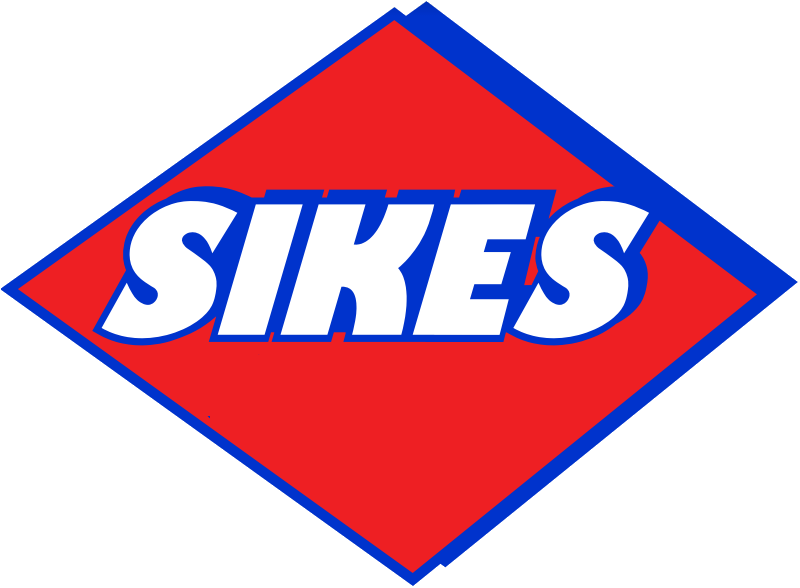CONCRETE PUMPING | SIKES CONCRETE
Concrete pumping is an innovative and highly effective technique that has transformed the construction sector. This method streamlines the process of concrete placement, utilizing specialized machinery to transfer and position concrete with remarkable speed and precision. In this article, we will explore the fundamentals of concrete pumping, its benefits, the various types of concrete pumps, and typical use cases in construction projects. By integrating this technology, concrete finishers and equipment operators can achieve superior results, working with fine aggregate materials and ready mixed concrete. This breakthrough in mixing technology has ultimately rendered manual labor obsolete and significantly enhanced project efficiency.
Basics of Concrete Pumping
Concrete pumping involves the use of a concrete pump, which is a machine specifically designed to transport liquid concrete from the mixing plant to the construction site. The concrete is transferred through a series of pipes or hoses, allowing for precise placement and reducing the need for manual labor.
Advantages of Concrete Pumping
Speed and efficiency: Concrete pumping significantly accelerates the concrete placement process, allowing for increased productivity and reduced construction time.
Labor reduction: By eliminating the need for manual labor in concrete transportation and placement, concrete pumping reduces labor costs and the potential for work-related injuries.
Precision: Concrete pumping allows for precise placement of concrete, ensuring accurate and consistent results, even in hard-to-reach areas or complex structures.
Reduced material waste: Concrete pumping minimizes the amount of concrete wasted during transportation and placement, leading to more efficient use of resources and lower project costs.
Types of Concrete Pumps
Boom pumps
Boom pumps are large truck-mounted pumps with a hydraulic arm (boom) that can extend and maneuver to place concrete with precision. The boom pump can pump concrete at high volumes and over long distances, making it ideal for large-scale construction projects.
Line pumps
Line pumps are smaller, portable pumps mounted on trailers or trucks. They are connected to a series of flexible hoses or steel pipes, which are laid out on the ground to transport the concrete to the desired location. Line pumps are suitable for smaller projects and can easily navigate tight spaces and complex job sites.
Stationary pumps
Stationary pumps are large, fixed pumps that are typically used in conjunction with a separate placing boom. These pumps are ideal for high-rise construction projects and other situations where a high volume of concrete needs to be pumped over a long distance.
Common Applications of Concrete Pumping
High-rise buildings: Concrete pumping is ideal for high-rise construction projects, as it allows for efficient and accurate placement of concrete at significant heights.
Infrastructure projects: Concrete pumping is often used in the construction of bridges, tunnels, dams, and other large-scale infrastructure projects due to its ability to transport concrete over long distances and to hard-to-reach locations.
Residential construction: Concrete pumping is commonly employed in residential construction for projects such as foundation work, slab pouring, and swimming pool installations.
Commercial construction: Concrete pumping is used in commercial construction projects to build parking garages, shopping centers, office buildings, and other structures that require large volumes of concrete.
Repair and renovation projects: Concrete pumping can be used for repair and renovation projects, such as concrete resurfacing or the installation of new concrete features.
Conclusion
Concrete pumping has transformed the construction industry by offering a fast, efficient, and precise method of concrete placement. With various types of concrete pumps available, it is well-suited for a wide range of applications, from large infrastructure projects to small residential tasks. By understanding the benefits and applications of concrete pumping, contractors can leverage this innovative technology to improve productivity, reduce costs, and deliver high-quality results in their construction projects.
Featured Blogs
SIKES CONCRETE INC.
8030 FL-77, Southport, FL 32409
850-265-4564





